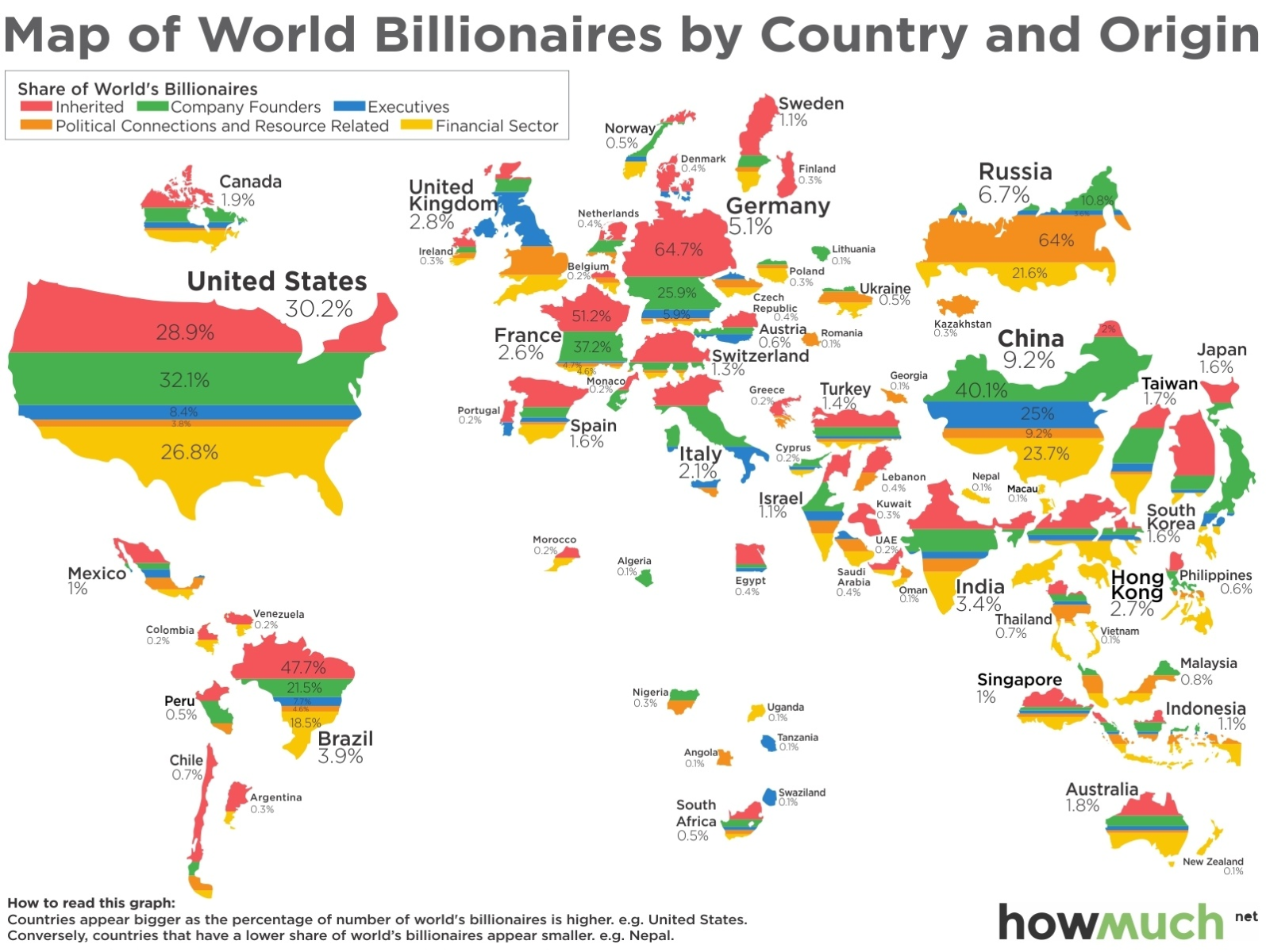Survivorship bias, or survival bias, is the logical error of concentrating on the people or things that “survived” some process and inadvertently overlooking those that did not because of their lack of visibility. This can lead to false conclusions in several different ways. – Wikipedia
There is survivor bias in looking at trading and investing performance and then there are the traders and investors that have an edge. People with an edge end up with the losses of those that rely on luck for profits.
This article is from an edited transcript of a talk given at Columbia University in 1984 by Warren Buffett.
Investors who seem to beat the market year after year are just lucky. “If prices fully reflect available information, this sort of investment adeptness is ruled out,” writes one of today’s textbook authors.
Well, maybe. But I want to present to you a group of investors who have, year in and year out, beaten the Standard & Poor’s 500 stock index. The hypothesis that they do this by pure chance is at least worth examining.
I would like you to imagine a national coin-flipping contest. Let’s assume we get 225 million Americans up tomorrow morning and we ask them all to wager a dollar. They go out in the morning at sunrise, and they all call the flip of a coin. If they call correctly, they win a dollar from those who called wrong. Each day the losers drop out, and on the subsequent day the stakes build as all previous winnings are put on the line. After ten flips on ten mornings, there will be approximately 220,000 people in the United States who have correctly called ten flips in a row. They each will have won a little over $1,000.
Now this group will probably start getting a little puffed up about this, human nature being what it is. They may try to be modest, but at cocktail parties they will occasionally admit to attractive members of the opposite sex what their technique is, and what marvelous insights they bring to the field of flipping. (more…)







